Market Analysis
In-depth Analysis of Liquid Silicone Rubber Market Industry Landscape
The market dynamics of the liquid silicone rubber (LSR) market are influenced by various factors that affect supply, demand, pricing, and competition within the industry. LSR is a versatile material known for its excellent properties such as high thermal stability, resistance to UV radiation, and flexibility, making it suitable for a wide range of applications across industries like automotive, healthcare, electronics, and consumer goods.
Growing awareness about health concern coupled with a rise in aging population is driving the Liquid Silicone Rubber Market.
One of the primary drivers of market dynamics in the LSR industry is the demand from end-user industries. The automotive sector, for example, uses LSR in applications such as gaskets, seals, and O-rings due to its durability and heat resistance. Similarly, the healthcare industry relies on LSR for medical devices, implants, and wearable technology owing to its biocompatibility and sterilizability. As these industries continue to grow and innovate, the demand for LSR is expected to rise, driving market expansion.
Technological advancements also play a significant role in shaping the market dynamics of LSR. Innovations in manufacturing processes, such as injection molding and 3D printing, have made it easier and more cost-effective to produce complex LSR components with high precision. Additionally, research and development efforts focused on improving the performance and characteristics of LSR, such as enhancing its chemical resistance or increasing its tensile strength, can drive market growth by opening up new applications and markets.
Regulatory factors also influence the dynamics of the LSR market. Government regulations related to product safety, environmental sustainability, and healthcare standards can impact the production, distribution, and use of LSR materials. Compliance with these regulations may require manufacturers to invest in additional testing, certification, or process modifications, which can affect production costs and pricing strategies within the industry.
Global economic conditions and market trends also affect the dynamics of the LSR market. Factors such as GDP growth, inflation rates, currency fluctuations, and trade policies can impact the cost of raw materials, transportation, and labor, influencing overall production costs and pricing dynamics. Market trends such as the shift towards electric vehicles, the rise of smart healthcare solutions, and the increasing demand for sustainable and eco-friendly materials can create new opportunities and challenges for LSR manufacturers.
Competitive factors play a crucial role in shaping the market dynamics of LSR. The industry is characterized by intense competition among key players, including both large multinational corporations and smaller regional manufacturers. Price competition, product differentiation, innovation, and marketing strategies are key drivers of competition within the LSR market. Companies may engage in mergers, acquisitions, strategic partnerships, or new product launches to gain a competitive edge and expand their market presence.
Supply chain dynamics also impact the LSR market, particularly in terms of raw material availability, production capacity, and distribution networks. Fluctuations in the prices of key raw materials such as silicone polymers and curing agents can affect production costs and profit margins for LSR manufacturers. Additionally, disruptions in the supply chain, such as natural disasters, geopolitical tensions, or pandemics, can lead to shortages or delays in product availability, impacting market dynamics.

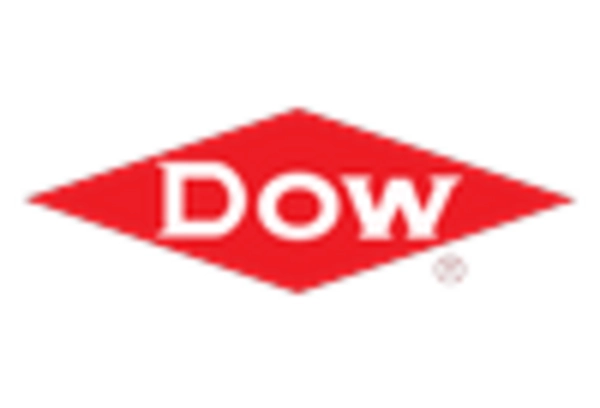
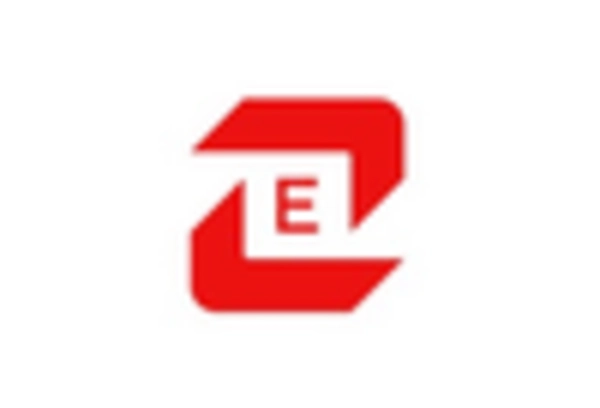
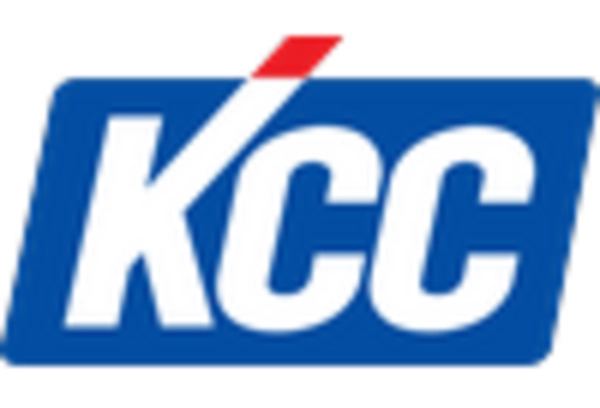
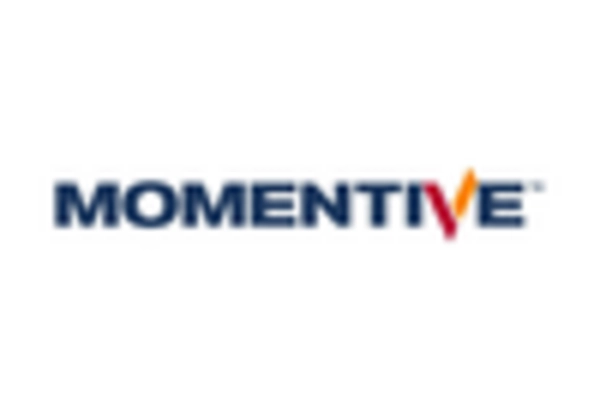
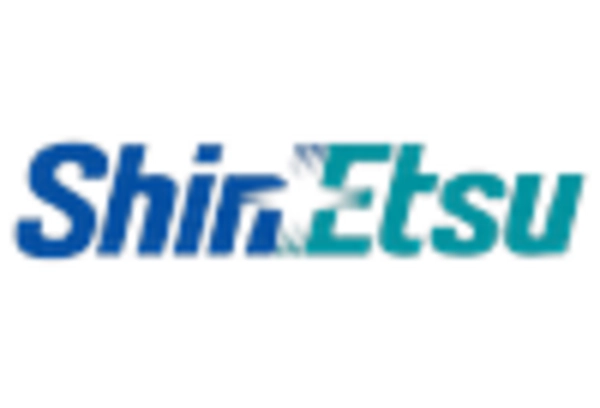
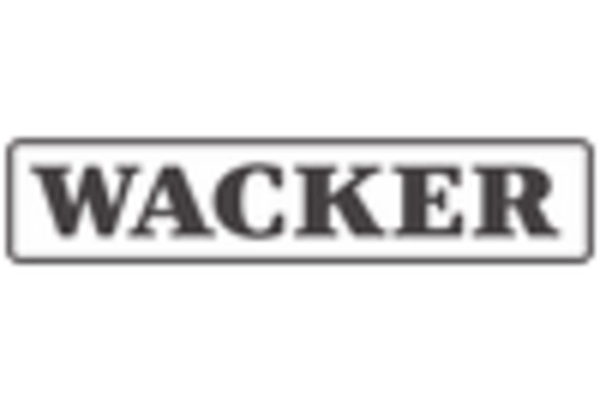









Leave a Comment